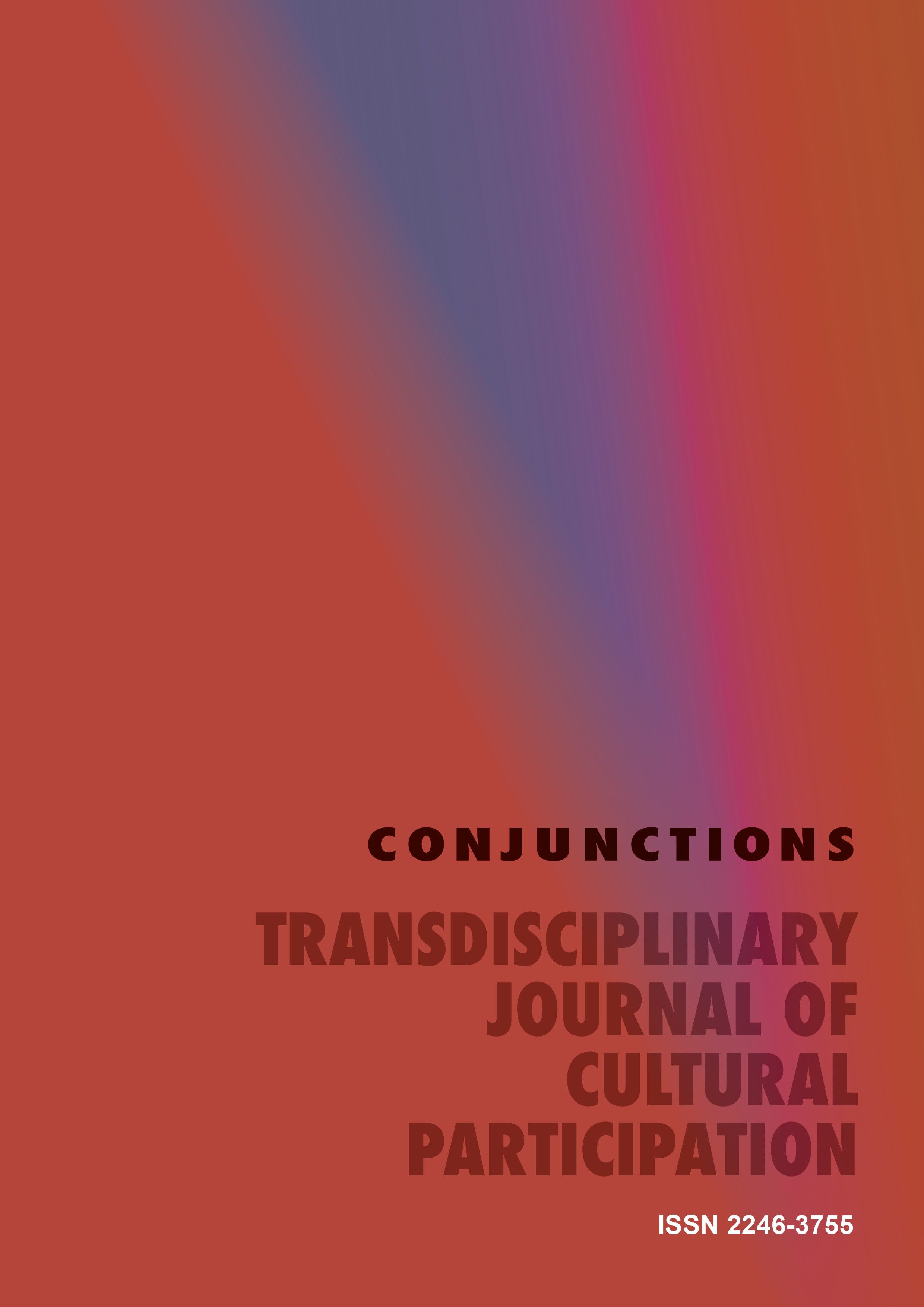The Neighborhood Assembly in the Art Museum: Practicing Cultural Citizenship
DOI:
https://doi.org/10.2478/tjcp-2024-0003Keywords:
Participatory practices, Localness, Constituent museum, Institutional theory, Museum participationAbstract
The crisis of democracy calls upon public art museums to reflect on what is expected from them as public spaces. This article investigates the art museum as an engaged political participant in its local surroundings and the neighborhood assembly as the platform of this participation. Through original interviews with museum professionals, the article examines three examples of museum-based neighborhood assemblies in different geographical contexts: the Museo Nacional Centro de Arte Reina Sofía (Spain), Museo de la Solidaridad Salvador Allende (Chile), and Whitechapel Gallery (UK). Drawing on political theory to analyze the horizontal, discursive, and performative features of these practices, the article examines their democratic potential and limitations. The argument is put forward that the neighborhood assembly functions as a practice of participatory cultural citizenship, whereby the art museum can enter a space of co-authorship of the local cultural environment with the local constituents and can be a participant among many.
Downloads
Published
How to Cite
Issue
Section
License

This work is licensed under a Creative Commons Attribution-NonCommercial-NoDerivatives 4.0 International License.
Copyright (c)): Author
This work is licensed under a Creative Commons Attribution-NonCommercial-NoDerivatives 4.0 International License.





